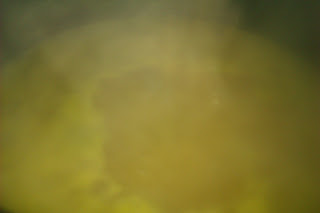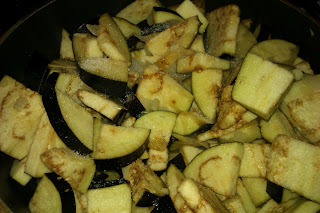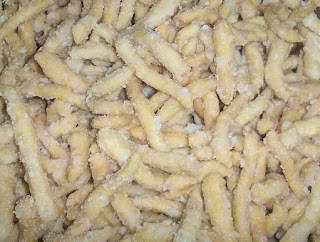Kitchri/Kitchree Recipe
(This recipe is Copyrighted and owned by Nanda Sahadeo. Anyone reposting it on their site without permission from Nanda Sahadeo is committing an infringement.)
Kitchri comes from the Sanskrit work khiccaa--a dish made of lentils and rice. There are variations to its pronunciation too: Kitchdi/kitchari. It is one of the most ancient dishes of India. Our Ancestors was fond of cooking this as it was easy to prepare, hearty and inexpensive too.It is a still a very popular dish in Uttar Pradesh and Bihar...the places where most of our Ancestors are from.
At Hindu weddings in Guyana, the groom is given Kitchri when he sits down to eat after the ceremony is over.
In India, different dal/pulse/lentils are used. In Guyana, as only yellow split peas were available to the Indian Immigrants, this was adopted.Today only this dal is used in the preparation of Kitchri for Guyanese.
You can try out the different dals if you are adventurous. However, if it is one of those dals that cook quickly, add the dal afterwards and not before the rice. Have used parboiled long grain rice in this recipe.
You can use any rice of your choice, just be careful with the cooking time. If it is one of those fast cooking rice like Basmati and you are using yellow split peas, you will need to wait until the dal is almost cooked as in this recipe. If you are using Indian dals like mung or masoor dal, you can add both dal and rice at the same time.
Ghee/clarified butter is an absolute necessity in this dish. Phal ka ghee that is available in Guyanese and Trinidadian groceries...is not Ghee...it is vegetable shortening. Ghee is that which is made from Cow's milk/butter. Phal literally mean fruit and ghee cannot be made from fruits so please be aware of this.
In Ayurveda, eating Kirchri is one way of giving our body a rest and allowing it to self cleanse. For this purpose, one can omit the onions and garlic. If you are just making Kitchri to eat regularly, you can add fresh whole pepper when you add the haldi at the beginning.
This is an ideal dish to make when you are bush-cooking, cooking outdoors/picnicking. It goes well with a side of pakoras/pholourie/baigani. Fresh mango chatney also goes very nicely with this. And of course with a fresh garden salad.
Ingredients:
2 cups long grain parboiled rice
3/4 cup split peas/dal
1 cup grated coconut
1 cup onions chopped coarsely
1 teaspoon ground jeera/cumin
1 teaspoon ground haldi/tumeric
5 flakes garlic...2 chopped coarsely, 3 sliced
1 tablespoon ghee
1 tablespoon whole jeera/cumin
5-6 cups water
Method:
1. Add the grated coconut to the water, stir it around with your hands, then squeeze the coconut out.
2. Strain this coconut milk into a deep saucepot and put it to boil on a high flame.
3. Wash the dal and drain the water off.
4. Add the dal to the coconut milk when it starts to boil then turn down the heat to a low flame.
5. Stir completely to prevent the dal from sticking to the bottom of the pot...it can clump up and burn quickly.
6. Add the ground haldi, cover and allow to boil.
7. When the dal is half cooked....
8.Add the rice, stir to incorporate completely.
8. Add salt to taste.
9.Add the coarsely chopped onions and garlic, cover and allow to cook again.
10. When both rice and dal are almost cooked, add the ground jeera.
11. Heat the ghee in a shallow pan and when it is hot, add the whole jeera.
12. When it starts to crackle, add the sliced garlic.
13. Allow to fry until golden brown.
14. Now add this ghee/garlic/jeera mixture to the pot of rice and dal.
15. Your Kitchri is ready to eat. Enjoy...





















































